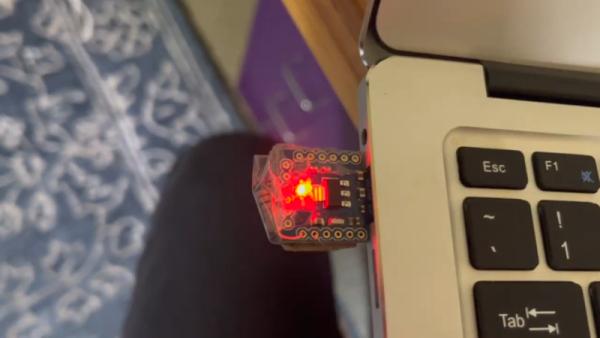Two-factor authentication is becoming the norm for many applications and services, and security concerns around phone porting hacks are leading to a phaseout of SMS-based systems. Amidst that backdrop, [Josh] developed his own authentication device by the name of Good USB.

The device can be built using a Arduino Leonardo, SS Micro, or even a BadUSB device. It’s the latter which [Josh] most liked, and since the nefarious device is being repurposed for good, it led to the name Good USB. Basically any Atmega32U4-based device will work, as the key functionality is the ability to emulate a USB keyboard to a host PC.
Using the device is just as simple. With the Good USB plugged in, one simply needs to click a button in the companion app to generate a code for the given account you’re logging in to. Pressing the button on the device then types in the code for you. Alternatively, if your device has no button, it can be set up to simply type the code two seconds after you select an account in the companion app.
The code is on Github for those wishing to make their own. Caveat for the cautious: it’s still a work in progress, and there may be security holes in the current implementation.
If you’re interested in the nuts and bolts of how 2FA works, we’ve looked into that in detail. Video after the break.
Source: BUILD YOUR OWN TWO-FACTOR AUTHENTICATOR WITH GOOD USB
